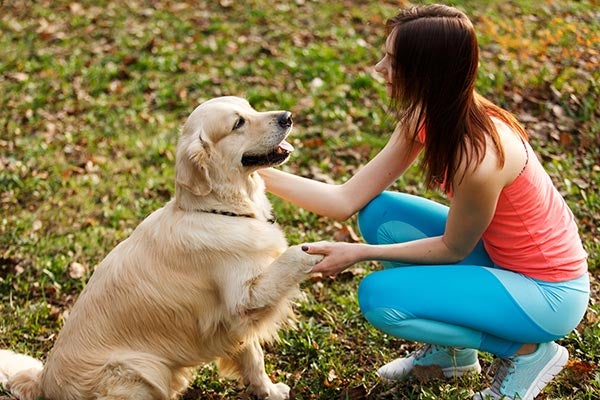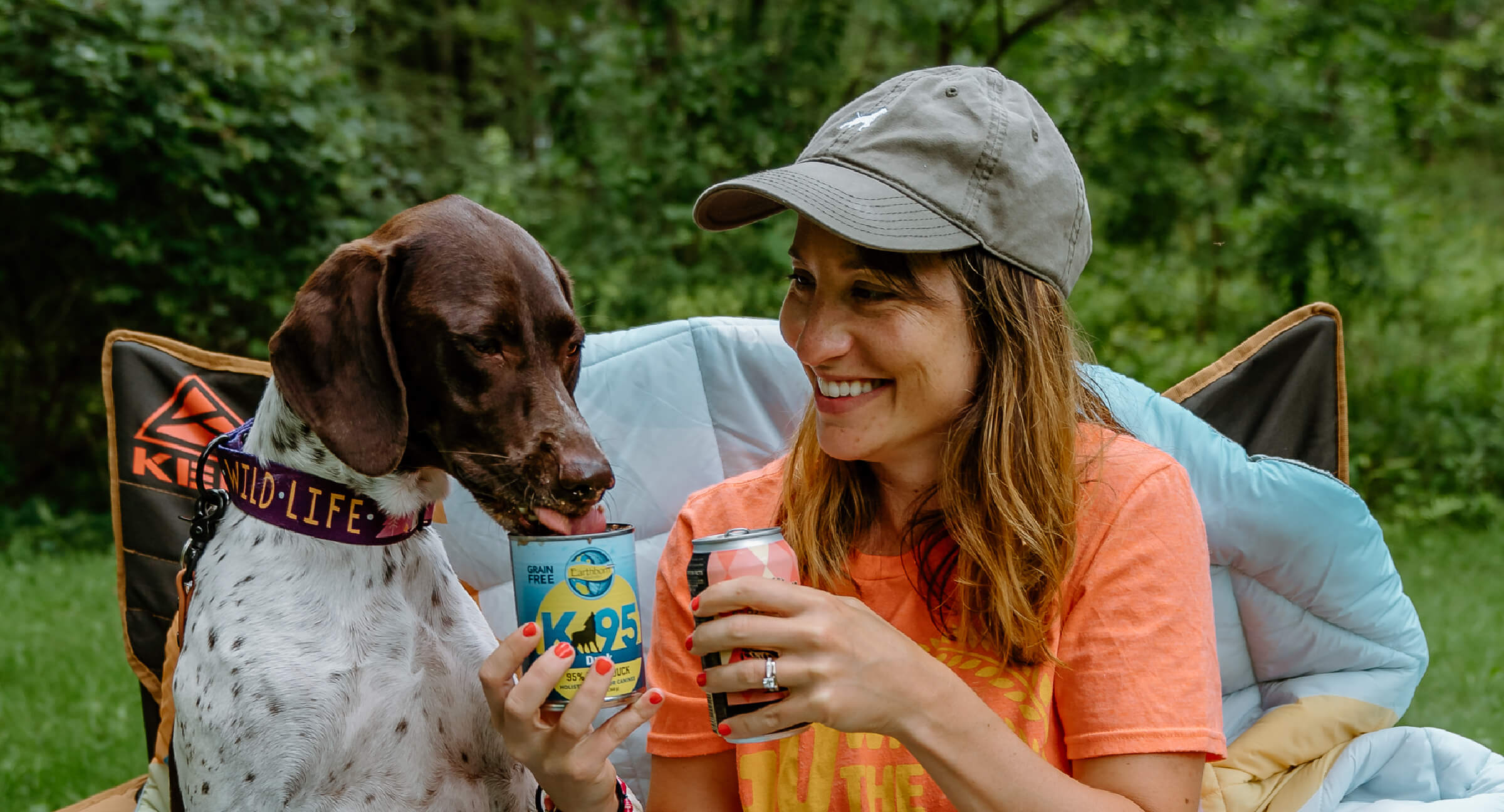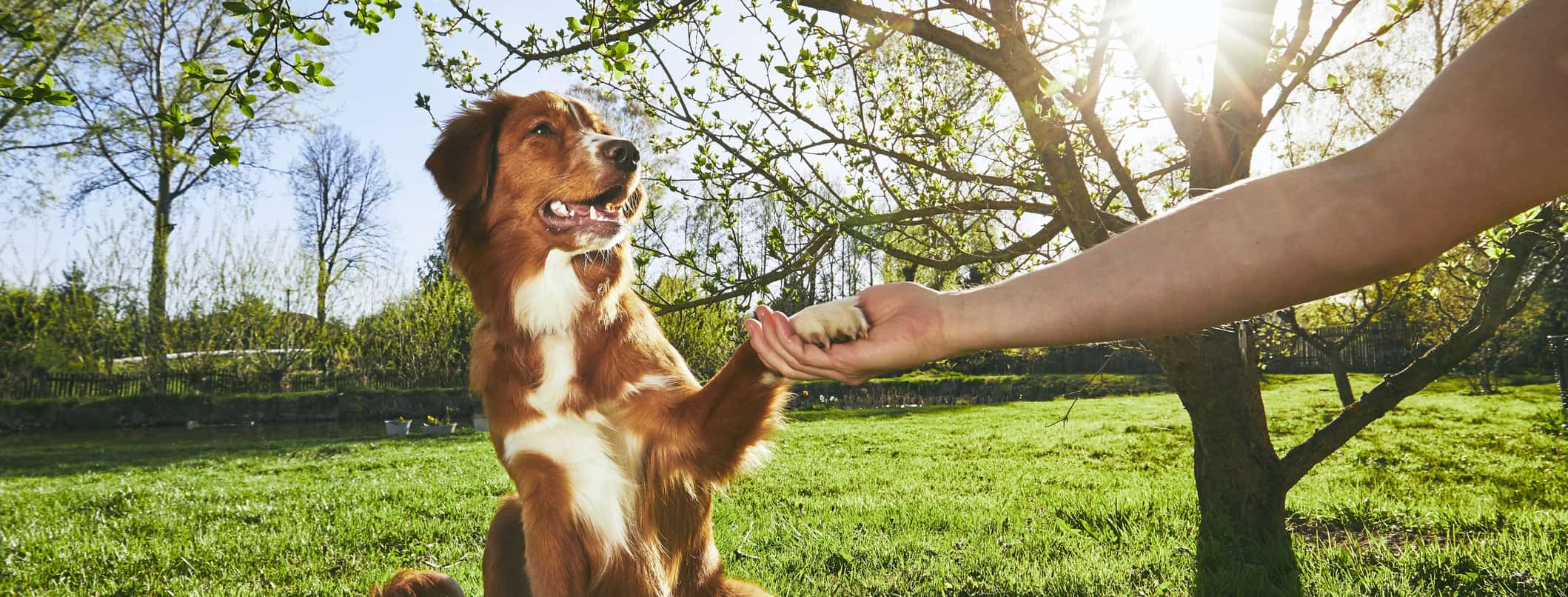The Ultimate Guide to Favorable Reinforcement in Dog Training
The Ultimate Guide to Favorable Reinforcement in Dog Training
Blog Article
Vital Tips for Successful Dog Training: A Guide for Animal Owners
Efficient dog training is a complex procedure that requires a strategic approach customized to both the animal's temperament and the proprietor's goals. Comprehending how to browse these obstacles can dramatically enhance the training experience, eventually changing the relationship in between owner and canine.
Recognizing Canine Actions
Recognizing pet actions is necessary for effective training and cultivating a harmonious relationship between dogs and their proprietors. dog training. Dogs interact largely with body language, vocalizations, and activities, making it important for owners to analyze these signals properly.

Socializing plays a significant role in canine behavior; exposure to various settings, people, and other pets can dramatically affect a pet's personality. Aspects such as type attributes and private character must direct training approaches, as some types may have particular behavior traits that demand tailored approaches. By recognizing these elements, owners can create an encouraging atmosphere that motivates favorable behavior, leading to successful training results and a much deeper bond with their family pets.
Establishing Constant Commands
Efficient interaction with your pet dog starts with establishing consistent commands. This fundamental element of training is vital for cultivating understanding between you and your pet dog. Uniformity in the commands you use guarantees that your pet can dependably link particular words or expressions with the desired habits.
When choosing commands, select clear, distinctive words that are simple to state and set apart from each other. Stay clear of making use of similar-sounding commands that might confuse your canine. As an example, utilizing "rest" and "remain" is ideal, however "rest" and "struck" can lead to misconceptions.
Additionally, keep the exact same tone and quantity for each and every command. Pets are delicate to singing signs, so differing your tone can create complication.
It is similarly essential to guarantee that all member of the family are on the exact same web page regarding the commands used. A united front in command use will certainly prevent blended signals and strengthen the learning process.
Positive Reinforcement Strategies
The power of positive reinforcement in pet training lies in its capacity to motivate preferred habits through benefits and praise. This technique is grounded in the concept that behaviors followed by favorable end results are most likely to be duplicated. By integrating favorable support right into your training regimen, you can successfully shape your dog's habits in a positive fashion.
To implement favorable reinforcement, it's vital to recognize what motivates your dog, whether it be treats, playthings, or verbal praise. When your pet carries out a desired action, such as remaining on command, promptly award them with a reward or love. This association in between the command and the favorable end result reinforces their understanding.
It's vital to timing the benefits appropriately; delivering the reinforcement within secs of the desired actions assists your canine make the link (dog training). In addition, consistency is crucial-- ensure that all member of the family utilize the same commands and incentive systems to prevent confusion

Gradually, you can lower the frequency of treats as your pet learns the behavior, transitioning to applaud or intermittent incentives. This approach not just promotes a strong bond between you and your pet dog however also promotes a positive understanding setting, making training a pleasurable experience for both.
Socialization and Communication
Constantly exposing your dog to a selection of atmospheres, people, and other animals is vital for their social advancement. Socializing click here to read needs to start early, preferably throughout the essential home window of 3 to 14 weeks, when young puppies are most responsive to brand-new experiences. However, older canines can also take advantage of ongoing socializing initiatives.
Introduce your pet dog to various setups, such as parks, pet-friendly stores, and city locations. This direct exposure assists them adapt to numerous stimuli, lowering anxiousness and worry reactions. Motivate positive communications with other canines and individuals, making sure that these encounters are secure and controlled to promote self-confidence.
Make use of organized playdates with genteel pets, as this can improve your canine's social skills and instruct them appropriate actions. Obedience courses and training sessions likewise give exceptional possibilities for socialization, enabling your dog to communicate with others in a supervised atmosphere.
Monitor your pet's body language throughout interactions, as this will assist you gauge their convenience level. Progressively raise direct exposure to more tough circumstances while guaranteeing that each experience is favorable. A well-socialized pet is more probable to exhibit well balanced habits, making them a joy to have in any type of setup.
Attending To Typical Training Difficulties
Every canine owner will certainly experience training difficulties at some time, no matter their canine's age or socializing level. Determining common problems such as stubbornness, diversions, and fearfulness can aid in creating effective strategies for renovation.

Gradually present interruptions as the pet becomes extra competent in commands. Short, frequent training sessions are likewise effective page in maintaining interest.
Fearfulness can impede a pet dog's knowing procedure. Gradual desensitization to the source of concern, paired with positive support, can help relieve anxiety. Patience is vital; never ever require a pet into a circumstance that triggers distress, as this might worsen the problem.
Ultimately, understanding and dealing with these typical difficulties with a structured technique will certainly foster a much more efficient training experience, enhancing the bond between pet and proprietor while advertising efficient understanding.
Final Thought
In summary, successful dog training relies upon a comprehensive understanding of canine habits, the facility of constant commands, and the application of positive reinforcement techniques. Socialization plays a crucial role in establishing well-adjusted animals, while attending to common training difficulties needs patience and flexibility. By applying these important approaches, pet owners can foster a solid bond with their dogs and promote desirable behaviors, ultimately bring about a harmonious relationship in between people and their canine friends.
Comprehending pet dog actions is vital for efficient training and fostering an unified partnership between canines and their owners.Socialization plays a substantial role in canine habits; exposure to numerous atmospheres, individuals, and various other pets can substantially influence a pet's character.The power of favorable reinforcement in pet training exists in its ability to motivate desired behaviors through rewards and praise. By integrating favorable reinforcement into your training regimen, you can successfully form your pet website link dog's behavior in a useful manner.
In recap, successful pet dog training relies on an extensive understanding of canine habits, the establishment of consistent commands, and the application of positive reinforcement methods.
Report this page